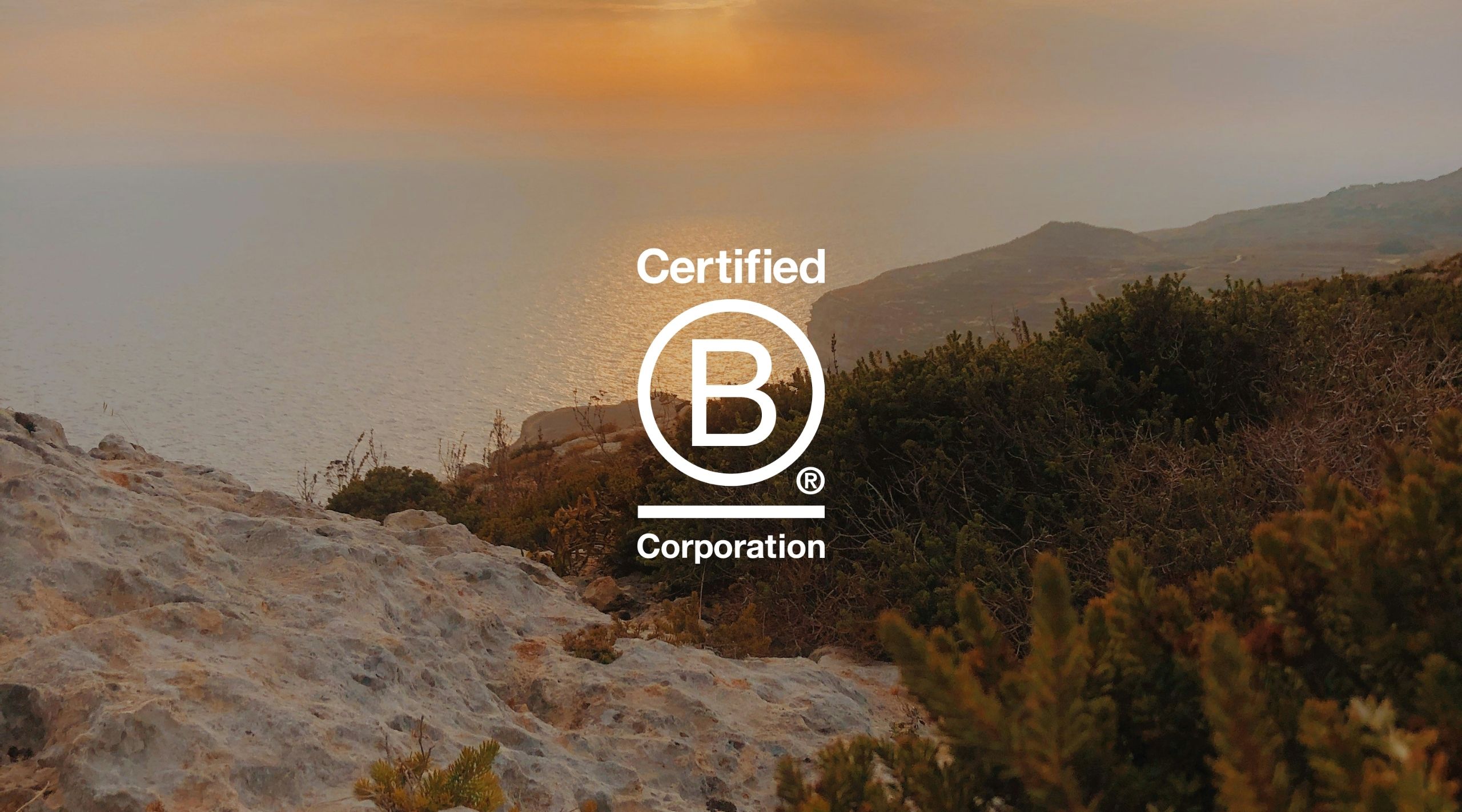
That’s where e-commerce comes in, as the unquestionable solution for the problem of self-isolation and avoidance of in-store shopping during this particular crisis. And – bonus! – it supports existing, day-to-day business even when there isn’t a global pandemic.
But what is it about e-commerce that makes it so valuable? Well, it’s convenient, flexible and works as a safety net to support existing revenue channels.
Convenience
It’s the most obvious, but also the most significant: online shopping is convenient. Businesses are always there and always open. Customers aren’t limited to opening hours, and during extreme circumstances like we’re facing now, physical stores don’t need to remain open at all. And with shipping time globally getting shorter and shorter, the one major downside of online shopping is rapidly disappearing.
But it’s not just convenient in its accessibility; e-commerce has the convenience of information. The amount of information available to customers online makes it easier to compare products and find the best item at the best price. Businesses can get in on the information action as well. With analytics integration, we can monitor users and understand their buying habits, where they’ve come from, what products they’re considering, and more. This allows us to better respond to their needs and motivations.
Flexibility
More than ever, for both consumer and business, online shopping is flexible. E-commerce is no longer limited to just a shop website, now including other channels like social media, online marketplaces, influencers and apps. With multi-channel integration, we can meet new and existing customers in different spaces and in different ways depending on the channel.
This allows businesses to be reactive, proactive, engaged and engaging.
It’s already played out during this crisis: brands in China that had an early shift to focus on digital marketing and e-commerce showed increased sales overall, even compared to the same period last year when there wasn’t a global pandemic.
For businesses that only have a single e-commerce channel, the flexibility is still there. From scaling up or down business with minimal costs, to increased agility in how we can respond to online trends. Creating a new digital banner for a website, for example, has a much shorter production time than designing, producing and installing a window display. And that window display relies on customers being out and about to see it…
Safety Net
In times like these, online shopping is without a doubt the safer choice for individual and collective health. For many people around the world, it’s the only choice. While we’re currently living through an extremely rare situation, the safety net of e-commerce for consumers and businesses alike is an integral part of its value.
For some, it comes back to accessibility. There will always be people for whom physical shopping isn’t an option, whether due to age, disability, location, disease, or something else. But more than that, e-commerce creates a stable and consistent integrated revenue stream to support established business. Whatever products or services we’re selling, by having two largely independent channels operating, we’re crafting a safety net to use when one is threatened. That, more than anything else, is the key to resilience.
E-commerce is not about replacing brick and mortar stores; it’s about diversifying and integrating your channels to support each other and to be there for your customers where they expect to find you. Research – and common sense – shows that when physical, in-store shopping is inconvenient or challenging, people will turn to online shopping.
With greater convenience, flexibility and as a safety net in times of uncertainty, e-commerce is resilient and it makes our businesses more resilient.
Get in touch to find out how our teams can support your business in finding the right e-commerce solutions. Growth starts here.


